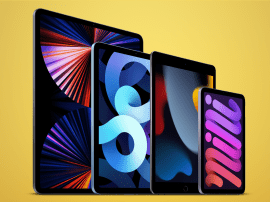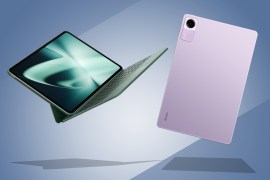Sony Xperia 1 VI review: the golden ratio
Big change on the screen front, familiar features everywhere else

Stuff Verdict
Another ‘best of Sony’ phone that benefits from going slightly more mainstream in a few key areas. The Sony Xperia 1 VI is a fantastic flagship that majors on battery life and entertainment.
Pros
- New screen better competes with rivals
- Strong performance and long battery life
- Wonderfully capable rear cameras
Cons
- No pro video mode at launch
- Rivals still better for point-and-shoot photography – but only just
- Longer software support would be nice at this price
Introduction
Each previous Xperia 1 generation never quite managed mainstream appeal, but I still put them among the best smartphones on account of Sony’s willingness to cater to pros. Manual camera modes, creator-friendly apps and features long since abandoned by the rest of the phone world set each new flagship apart in the best way possible. The Xperia 1 VI gives up a few of the aspects that made its predecessors unique – but in the process could find a much wider audience.
The 21:9 display aspect ratio is gone, as is the 4K resolution – which was always more of a spec sheet boast than a must-have. Sony has also added more computational photography to help less serious snappers gets the most from its rear lens trio. It’s a full-on flagship everywhere else, with the latest Snapdragon silicon and a beefy battery. But with video-specific tools not available at launch, and a price that hasn’t exactly nosedived in line with its display pixel count (expect to pay £1299 SIM-free), has Sony done enough to sway shoppers that aren’t already Xperia converts?
How we test smartphones
Every phone reviewed on Stuff is used as our main device throughout the testing process. We use industry standard benchmarks and tests, as well as our own years of experience, to judge general performance, battery life, display, sound and camera image quality. Manufacturers have no visibility on reviews before they appear online, and we never accept payment to feature products.
Find out more about how we test and rate products.
Design & build: not no narrow anymore
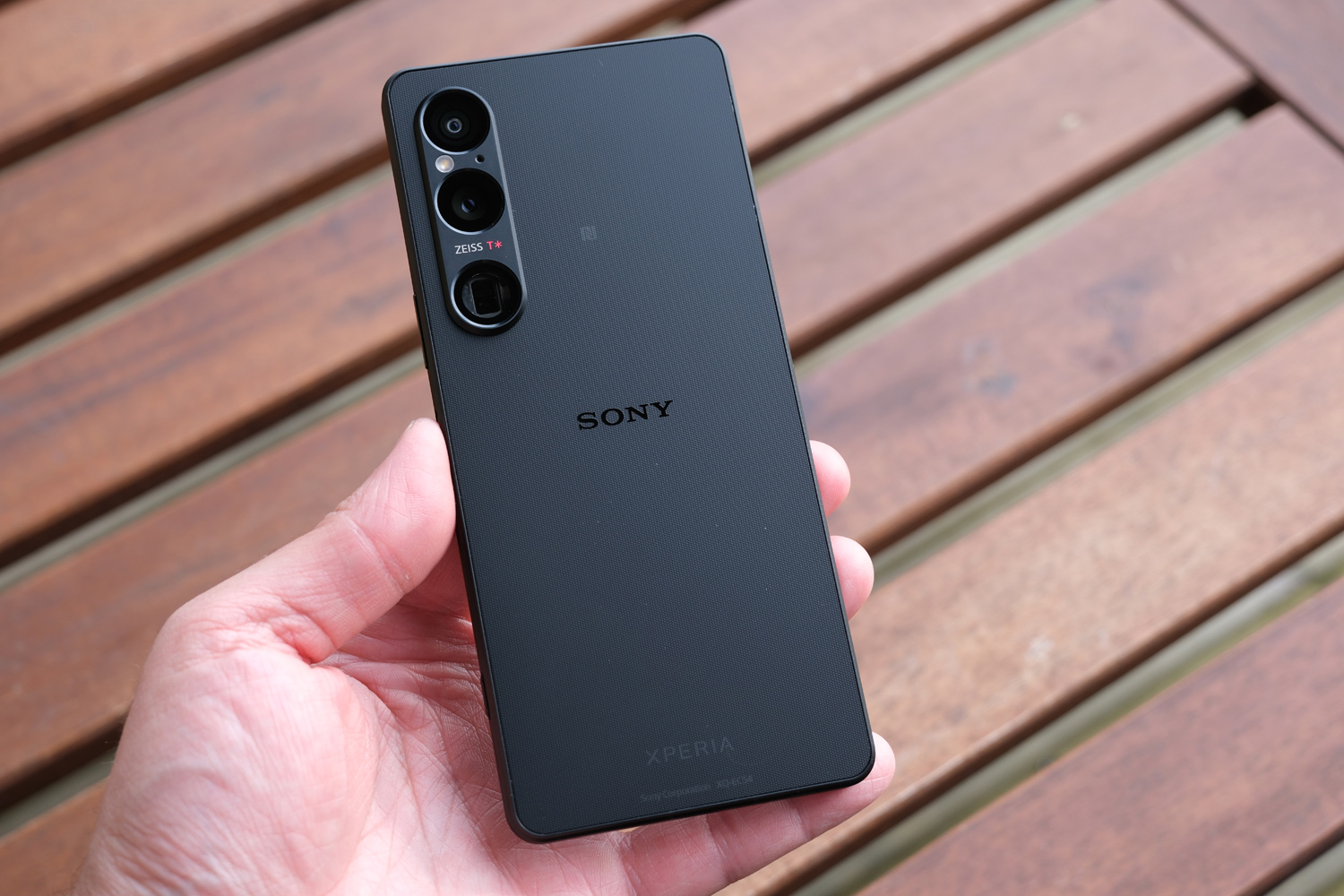
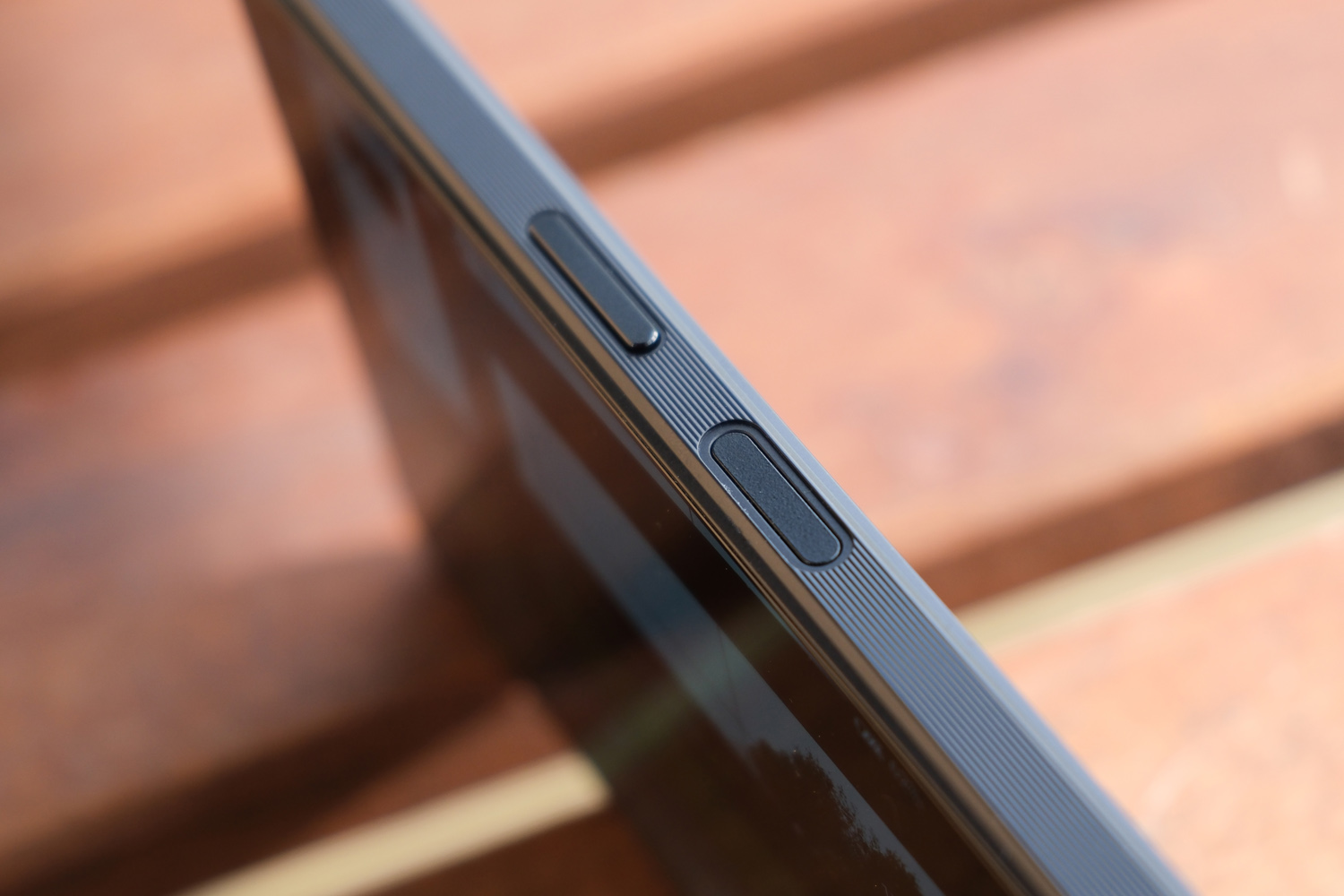
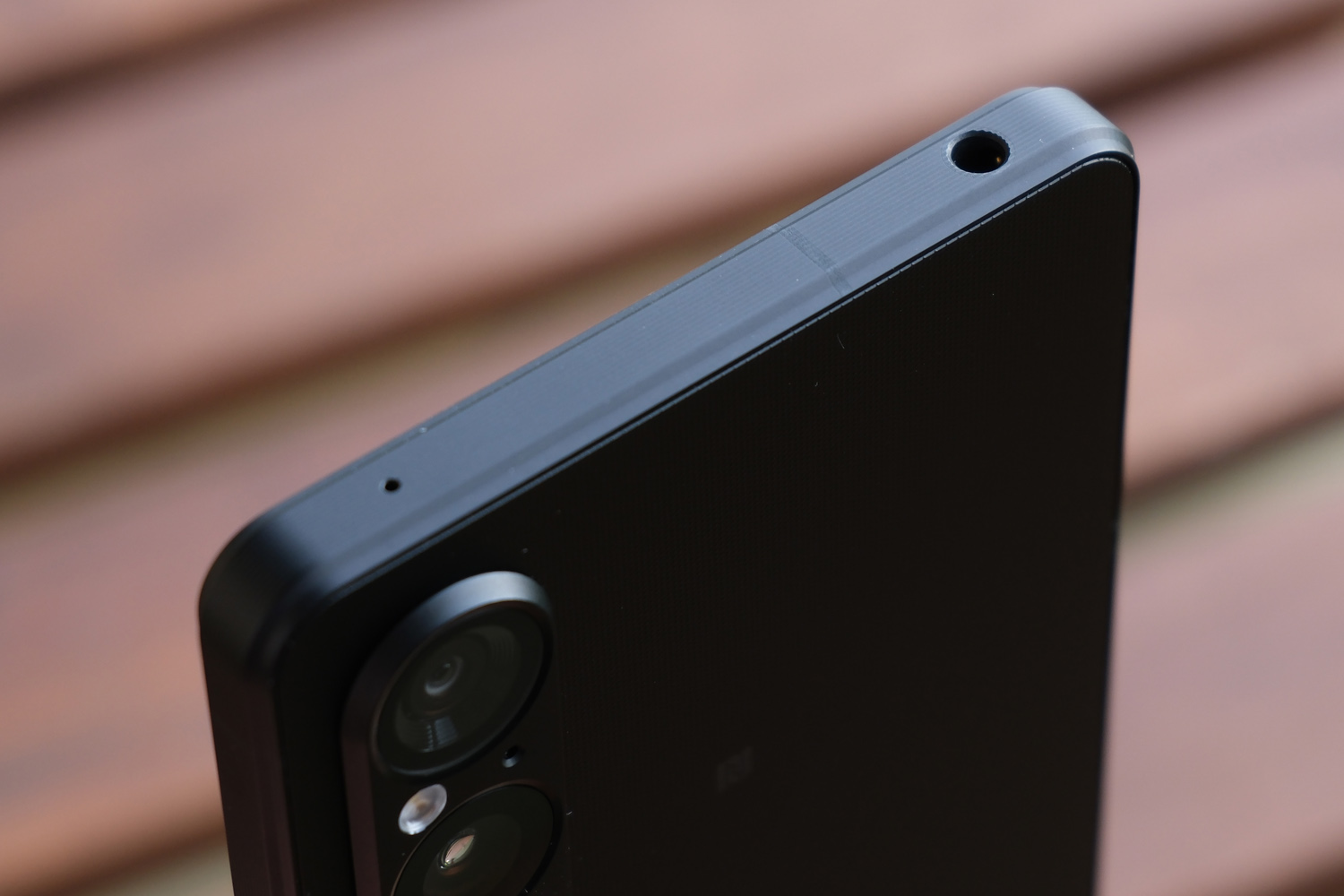
It’s no longer a skinny twig, but the Xperia 1 VI otherwise follows Sony’s well-established norms: flat glass up front, grooved lines on all four sides for some welcome extra grip, and a micro-dot textured rear panel. The colours (Black, Khaki Green and Platinum Silver) are carried over from the previous generation. And would it truly be an Xperia 1 without a 3.5mm headphone port, or a physical camera shutter button? I think not.
Of course there’s both IP65 and IP68 resistance, so rain and dust aren’t a concern. Gorilla Glass Victus 2 protects the display and there’s regular Victus glass on the rear. Samsung still has the monopoly on reflection-busting Gorilla Armor, at least for now.
Up front, the top and bottom screen bezels are thicker than most – but that’s purely to make room for front-facing stereo speakers. It also means the selfie camera doesn’t have to sit in a notch or punch-hole cutout, leaving the 6.7in OLED completely unobstructed.
Sony has done well to keep the rear cameras close to the phone body, with just the slightest of bumps. It’s a refreshing change from the increasingly large camera modules I’ve been seeing on rivals like the Xiaomi 14 Ultra. I love how easily it slips in a pocket, too, at just 8.2mm thick. This isn’t a heavyweight handset either, weighing 192g – that’s lighter than a Galaxy S24+.
Even with the wider screen, I had no more trouble reaching the fingerprint-sensing power button than I did on the outgoing phone. It’s just as responsive, and sensibly placed half-way up the right side for both lefties and right-handers to reach. The tool-free SIM tray is as convenient as ever, and can still swallow a microSD card; handy if you ever fill the 256GB of on-board storage, and something that sets the Sony apart from pretty much every other 2024 flagship.
Screen & sound: a more mainstream OLED
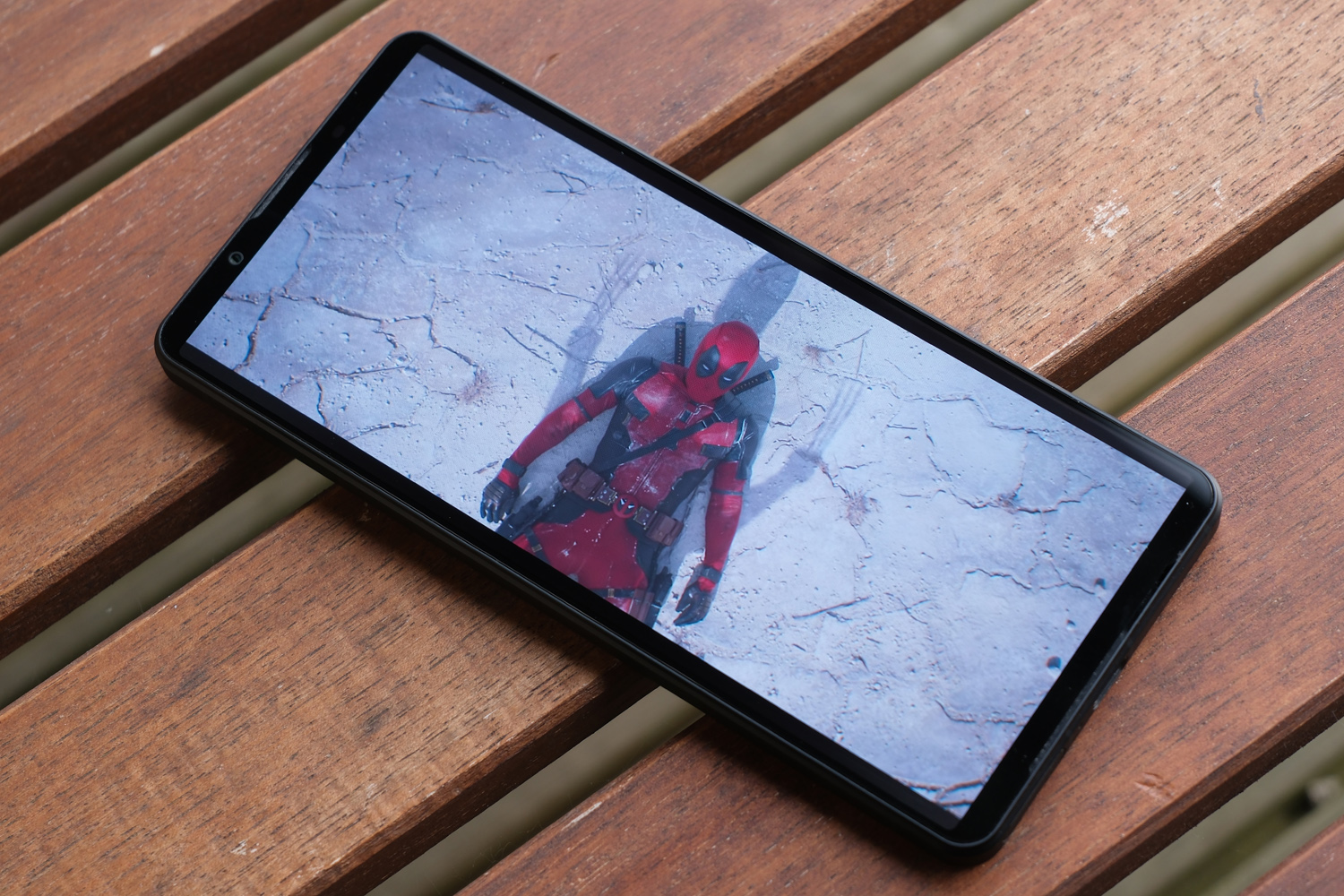
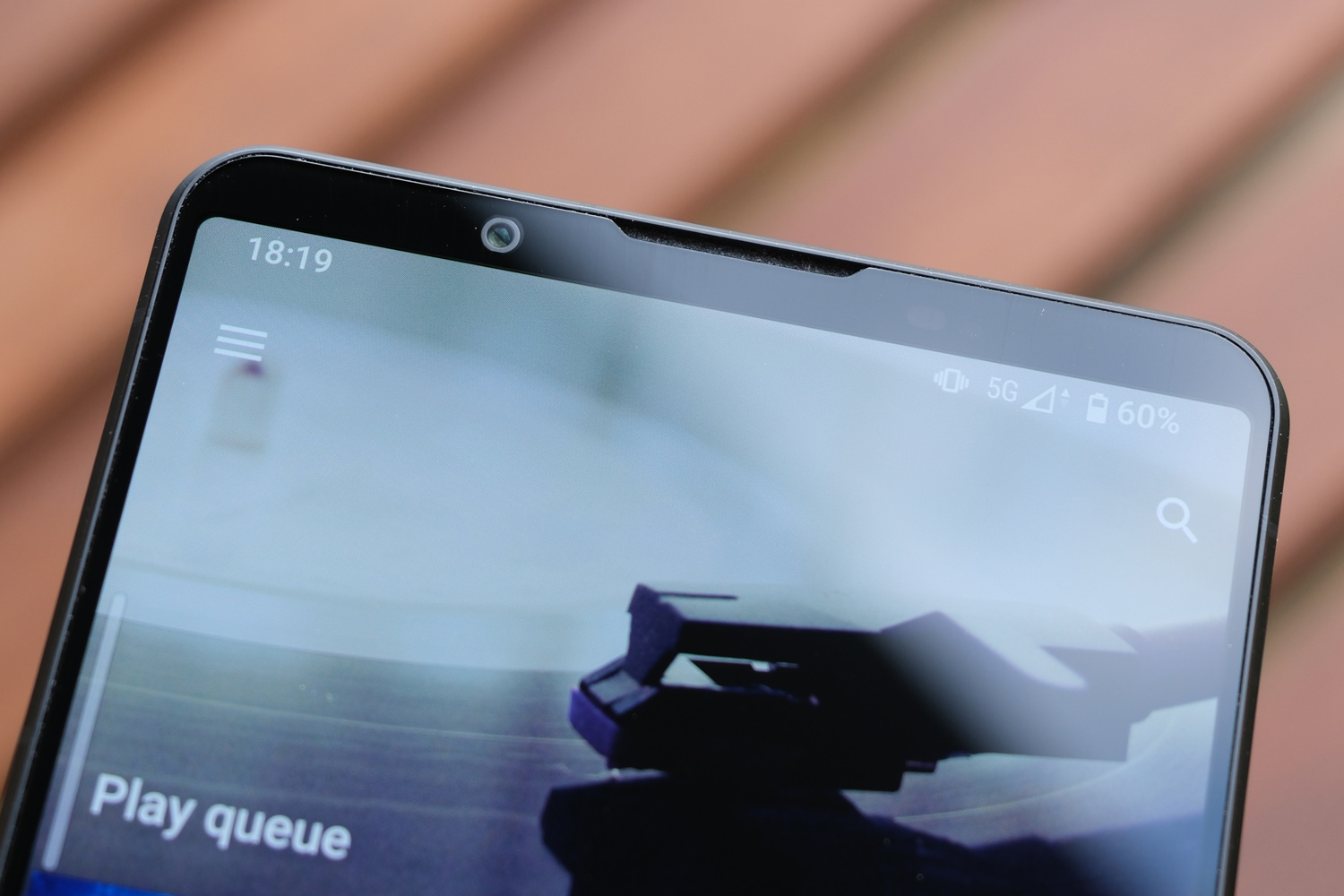
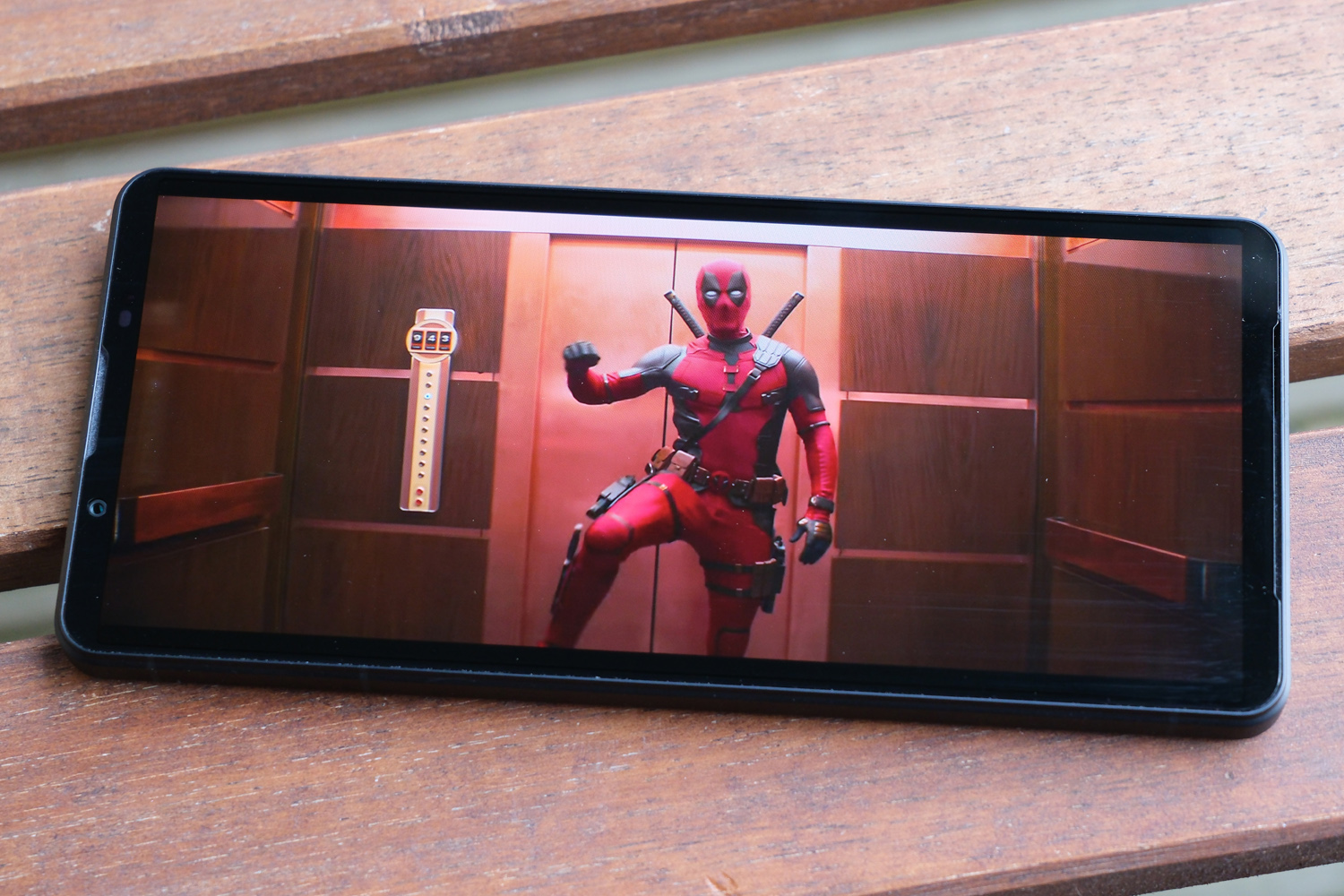
What was uncool is suddenly cool again. Sony’s insistence on flat glass displays across Xperia 1 generations has come full circle, with the rest of the phone world rallying against curved-edge panels. Bigger news is the switch to a 19.5:9 aspect ratio, and the resolution drop from 4K to FHD+. I’m all for both changes.
As much as a 21:9 screen made previous Xperia 1s easy to hold, there just wasn’t enough cinema-scale content to make it truly worthwhile. I’d much rather have fewer black bars when watching YouTube. And as for 4K? Only a few apps could actually show content at that resolution. The 6.5in, 2340×1080 panel used here is still wonderfully crisp and detailed at arms’ length, and holds up well under closer inspection. Sure, a 2.5K screen would’ve better matched display heavy hitters such as the Pixel 8 Pro and Galaxy S24 Ultra, but it means the chipset doesn’t have to work quite so hard when gaming.
Even better, Sony has finally been able to add a 1-120Hz adaptive refresh rate, which balances motion smoothness and battery life better than any previous model. It was always quick to react to my swipes, so web pages simply glided up and down. Previous Xperia 1s made you pick either 60Hz or 120Hz, so this is a major step forward.
Brightness has also been amped up a considerable amount, with a Sunlight Vision mode promising a 50% increase over the previous model when stepping outside. Sony doesn’t quote specifics, so doesn’t claim to be any brighter than its rivals, but I certainly had no trouble using it in bright sunshine.
In all other respects the display is a stunner, with impeccable contrast, colour and clarity courtesy of Bravia image processing. Black levels are practically perfect, viewing angles are excellent, and colour tones are all very natural-looking.
The Xperia 1 VI doesn’t disappoint on sound, either. Front-facing speakers remain sacrosanct in Sony’s world, producing a balanced stereo sound that rivals with down-firing main drivers simply can’t match. Volume has been boosted compared to the previous generation, though not to the point songs become unpleasant or harsh when you crank it up. Certain rivals are louder still, but lack the tonality of the Sony. The 3.5mm headphone port returns, of course, and now the Asus ROG Phone 8 Pro has ditched its front-firing speakers, the Xperia is arguably even more appealing to gamers.
Cameras: closer than ever
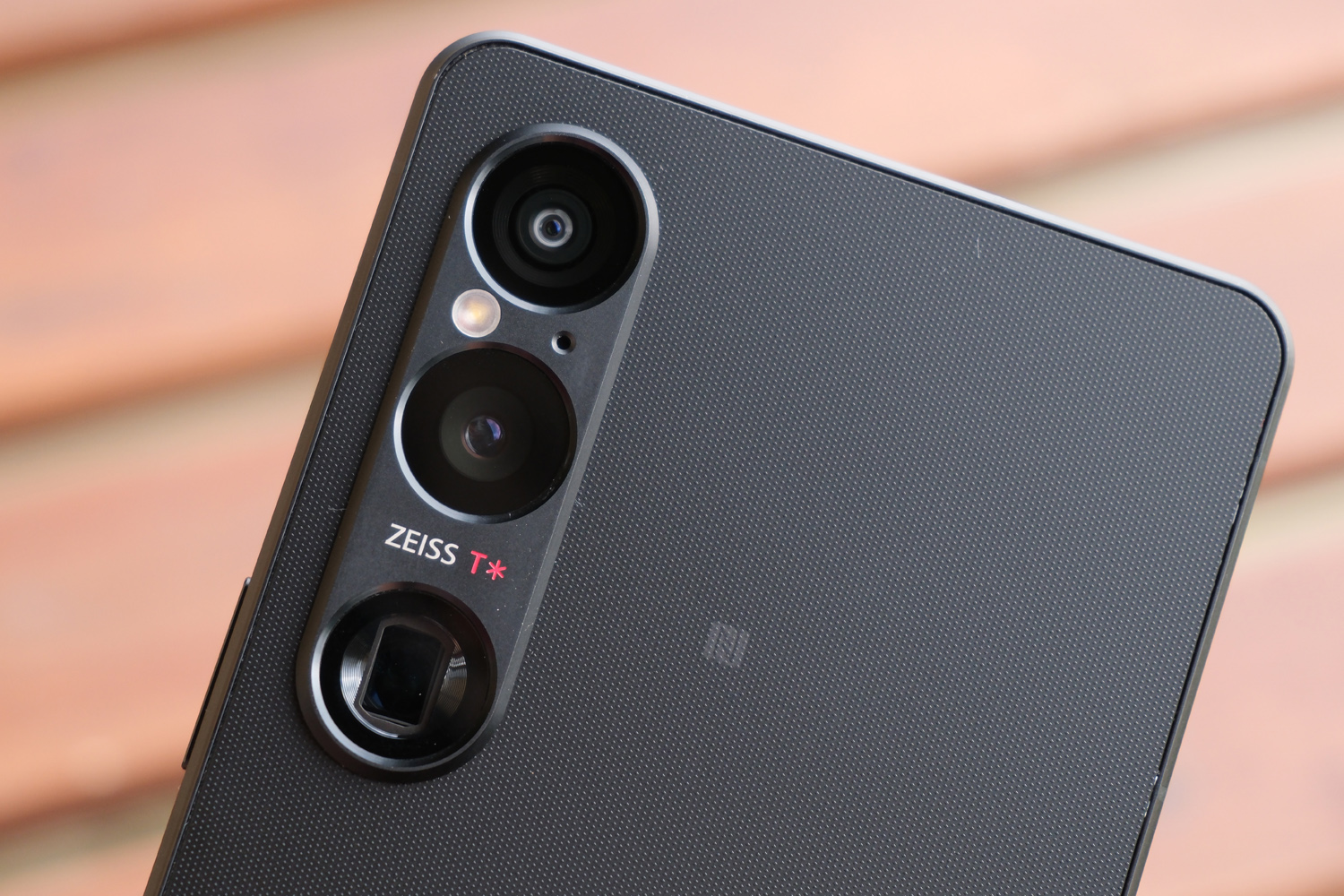
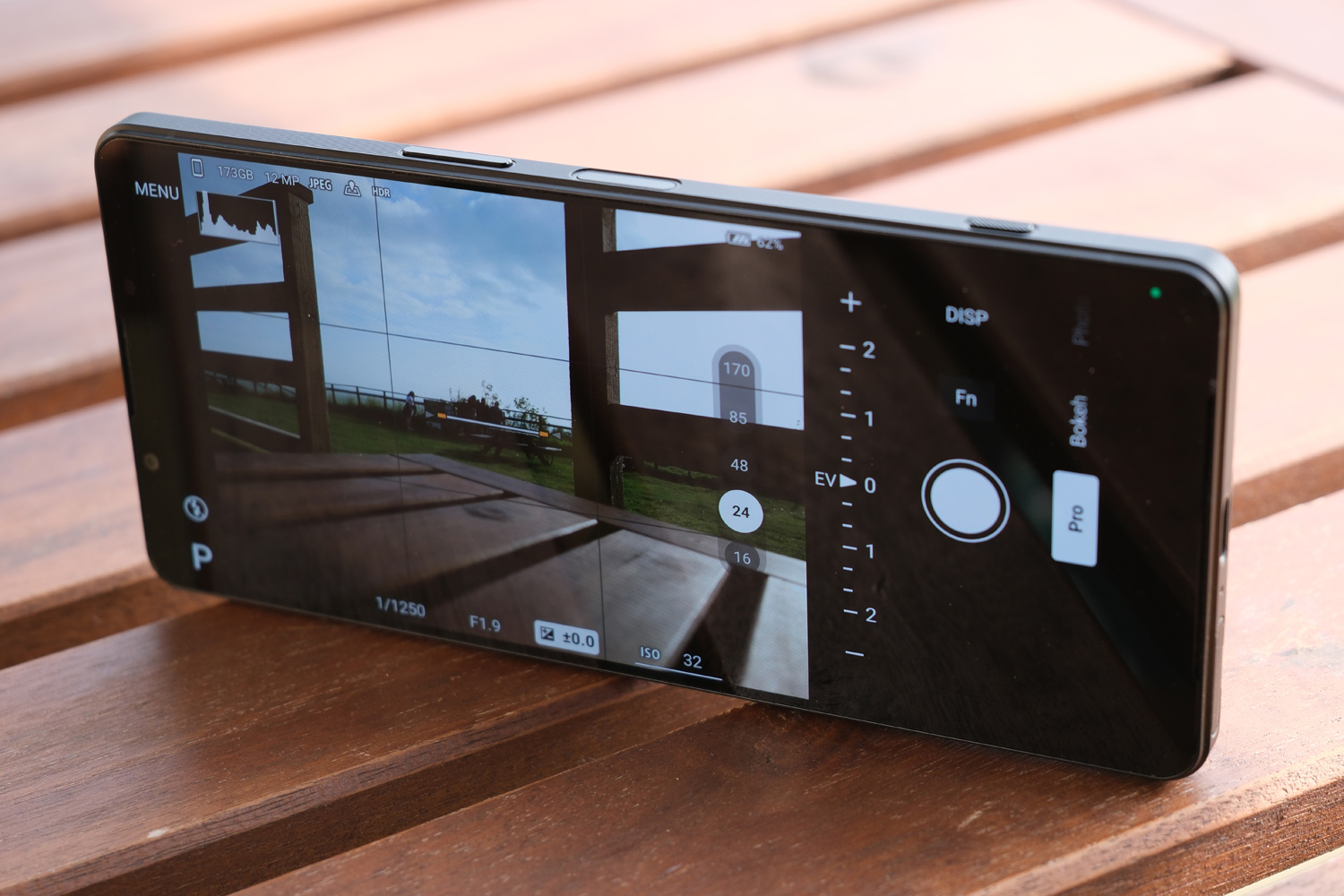
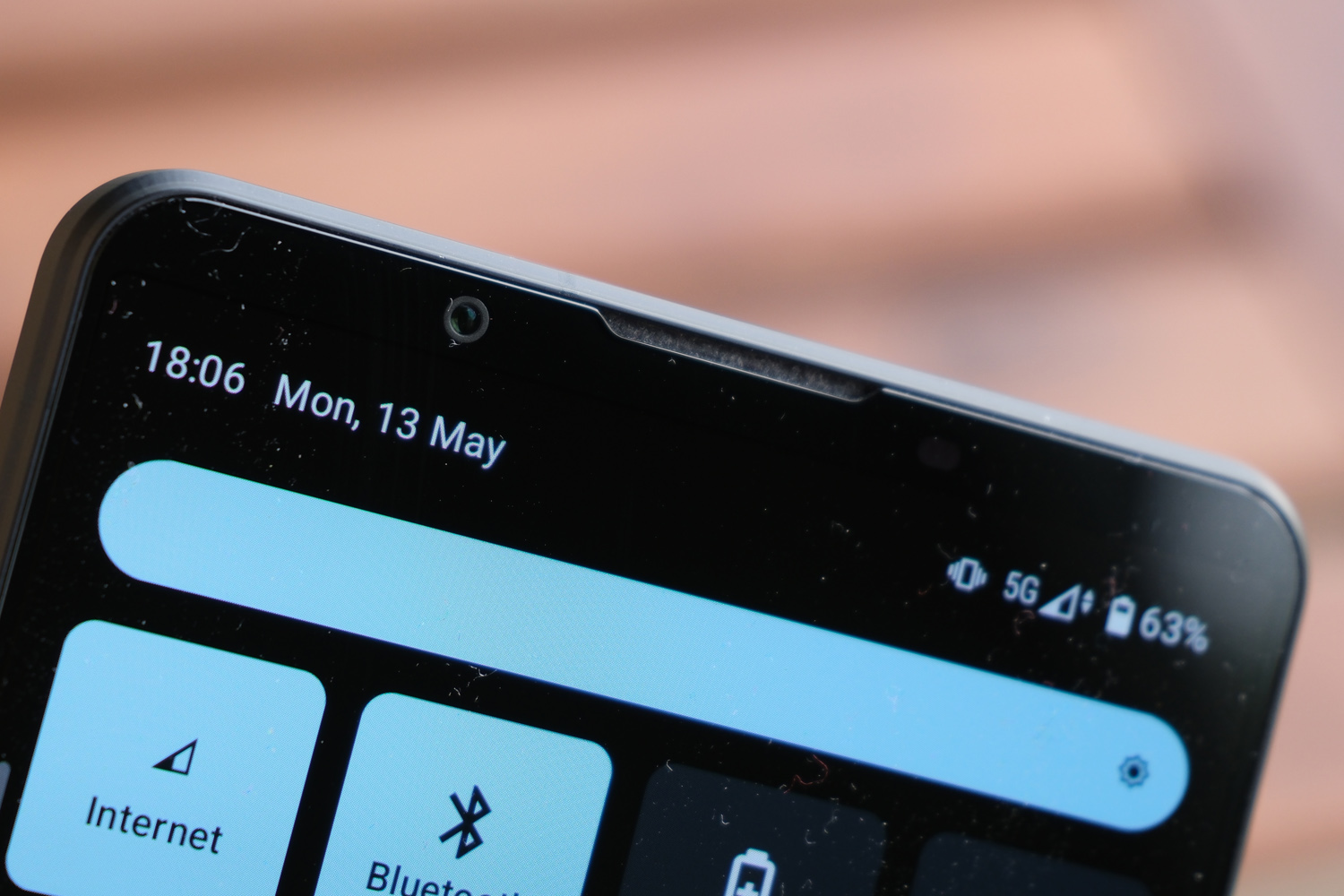
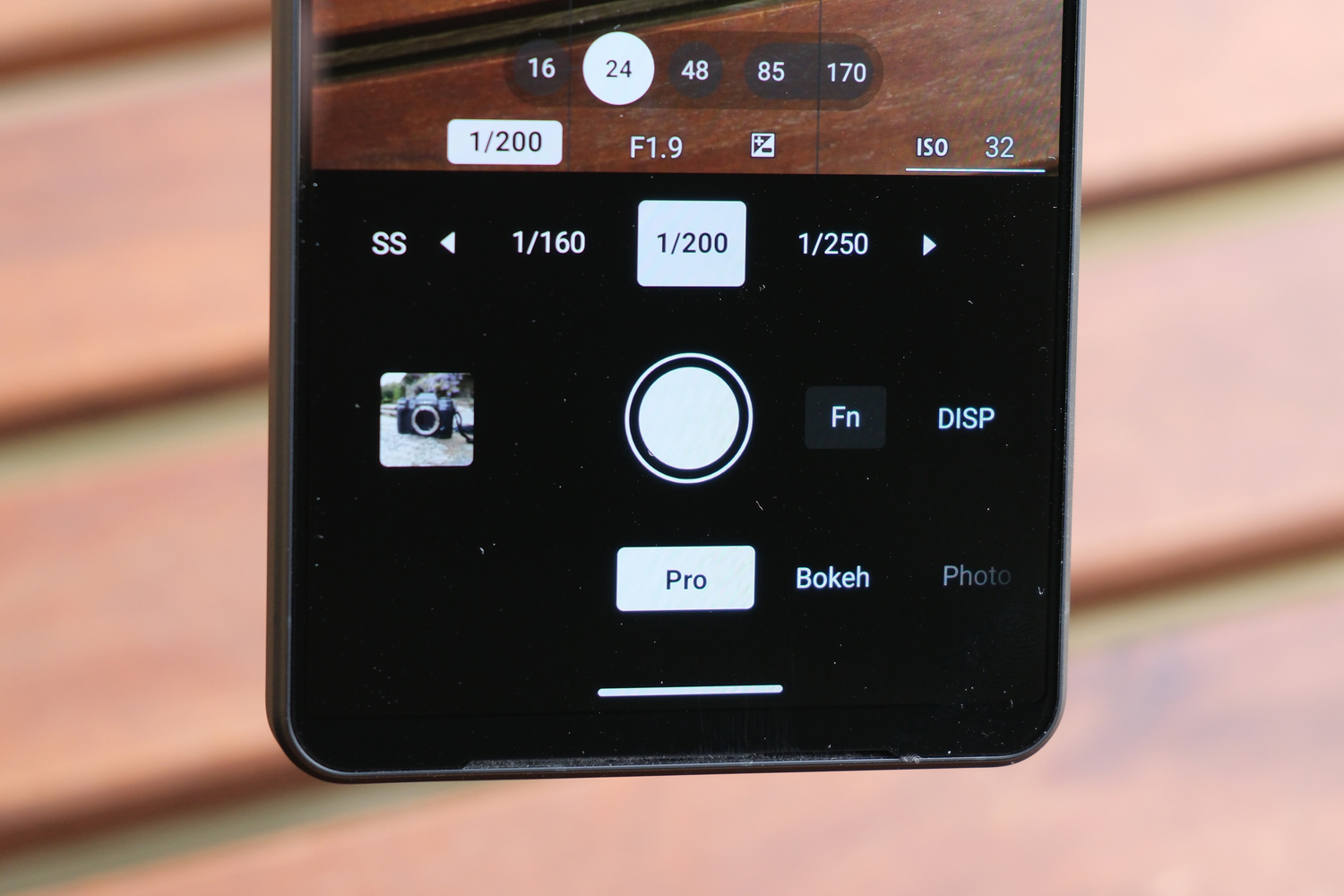
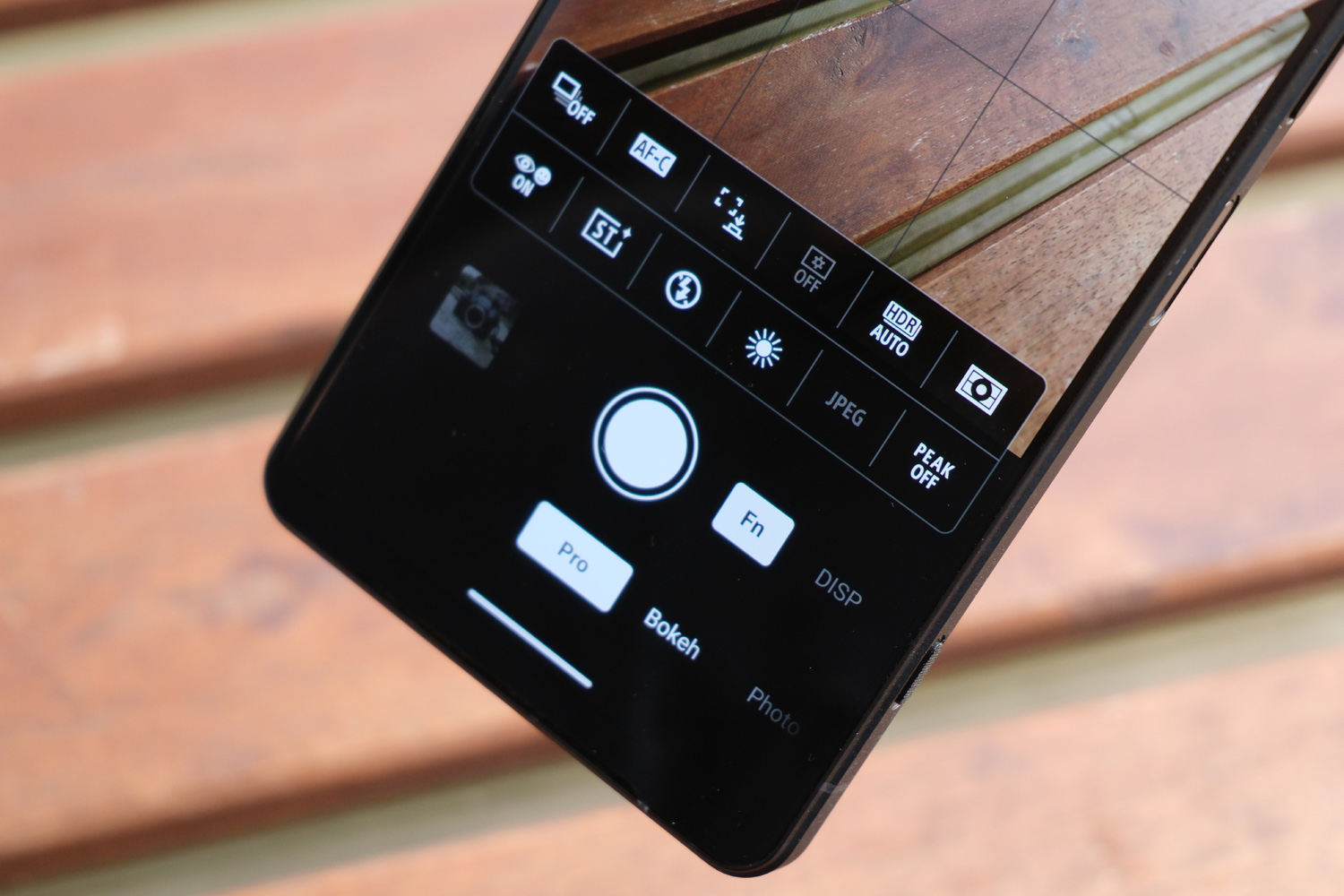
Sony’s phones have long catered to photography fans, with some of the best manual controls in the business – though they often came at the expense of point-and-shoot ability. Having multiple camera apps only added to the confusion, so this time out there’s just one. There’s still a Pro mode that borrows settings from the firm’s Alpha series SLRs, except now it’s inside the main camera app, rather than waiting back on the Android homescreen.
Hardware-wise, the Xperia 1 VI is a refinement of last year’s effort, rather than an all-new setup. There’s still a home-grown Exmor T for Mobile main sensor, with a stacked CMOS design for improved low-light performance. 48MP of its 52MP total pixel count is available for stills shooting. Usually pics are pixel-binned down to 12MP, but there’s now a full-resolution shooting option if you want to maximise details. It’s a large enough sensor to get convincing natural bokeh from close-up subjects without relying on portrait mode, although not to the extent of the larger 1in sensors seen seen on the likes of Oppo’s Find X7 Ultra or the Xiaomi 14 Ultra.
The 12MP ultrawide lens is largely unchanged from the previous phone, except it gets new macro focusing abilities – more on those below. The biggest upgrade is to the continuous zoom telephoto, which now gets even closer to subjects without needing any digital trickery. It now goes from 3.5x at f/2.3 (85mm in old money) to 7.1x at f/3.5 (or 170mm). That’s a welcome step up from the Xperia 1 V’s 5.2x maximum, and more than you’ll get from either a Pixel 8 Pro or Galaxy S24 Ultra. Sony has also been realistic with its digital zoom. The Xperia 1 VI tops out at 21x, which is a lot more usable than the 100x or greater offered by certain phones.







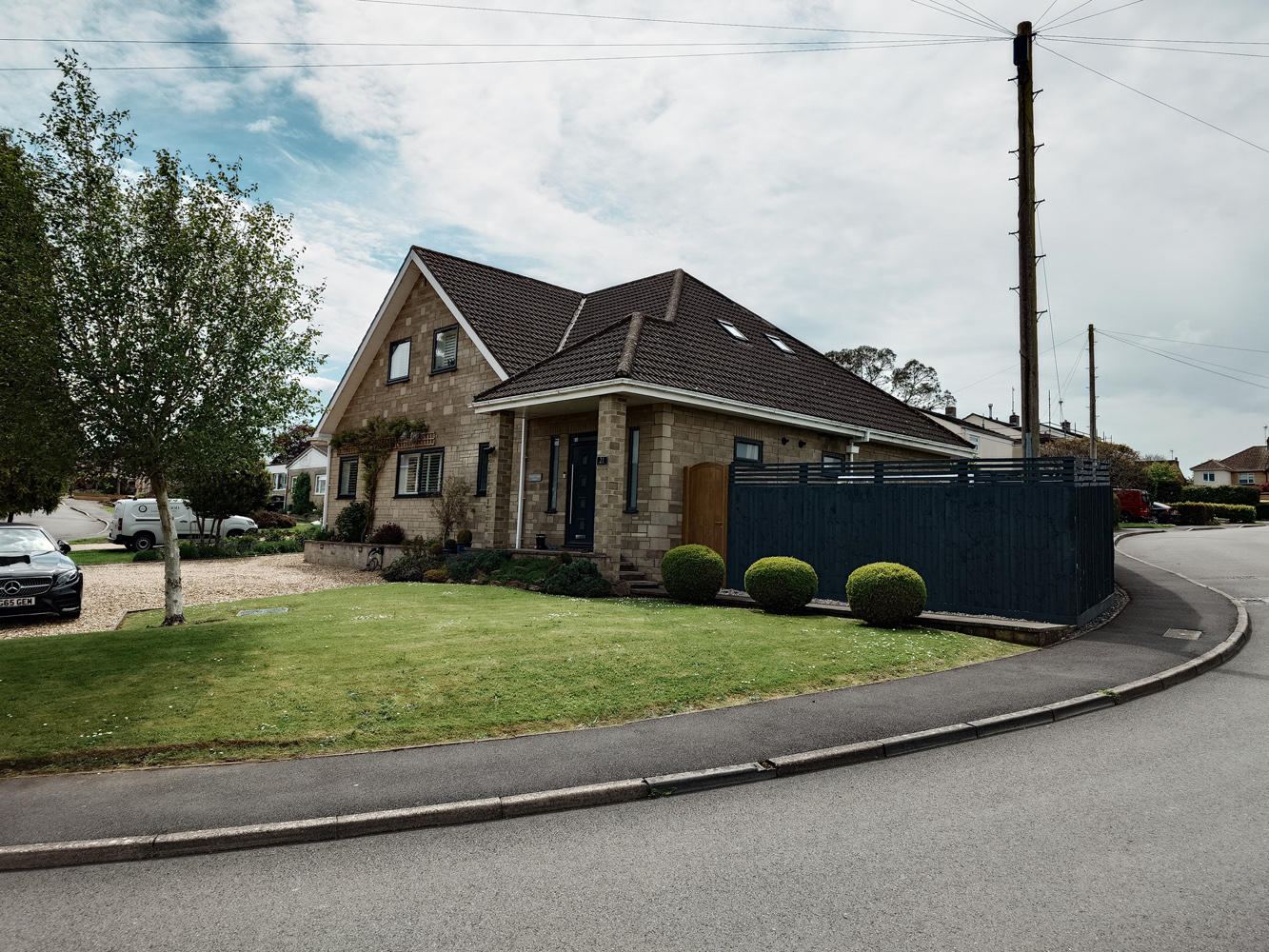




Daytime image quality from the lead sensor is phenomenal, and easily on par with any current rival. There’s exceptional levels of detail on show in every frame, and next to no noise. Sony has tweaked its HDR algorithms this year, allowing for brighter highlights alongside the firm’s distinctive shadow details. Image processing in general has taken a step up in auto mode, meaning you don’t have to reach for the Pro mode quite as often anymore.
Colour rendition remains a Sony strong point, with natural hues that still have plenty of impact. There are five creative effects available if you want things to look a little punchier. They remind me of film simulations on Fujifilm DSLRs; far more subtle than your typical instagram filter. The tiny icon meant I regularly forgot that I’d activated one, though.
Sharpening was always handled carefully, even when using 2x zoom to crop in on the sensor. The fact it can do all this for 30fps bursts, with HDR, is mighty impressive for a phone.
The ultrawide is a very close match to the main sensor for colour, contrast, and exposure. Detail is maybe a half-step behind, but you’ll only notice when peeping at pixels. Edge sharpness is excellent, with effective lens correction.


Macro mode kicks in once you’re 15cm or so from your subject, with good (if not spectacular) results. I found the telephoto macro, which is a separate mode you have to manually activate, let me get in much closer, with dramatic bokeh to boot.





The telephoto sensor hasn’t grown at all for 2024, meaning the optics are the only major change. That’s great for colour and exposure consistency with the main lens, which Sony absolutely nails here. Certain shots had a little less dynamic range, though, and leaned towards overexposure on the highlights; some manual tweaking produced better results here.
There’s ample amounts of detail on show at 3.5x, and plenty of it at 7.1x too, although sharpening becomes more evident the further you zoom. A Xiaomi 14 Ultra handles fine detail like loose hair strands slightly better. I liked the natural bokeh on display when shooting closer subjects with the zoom, though.


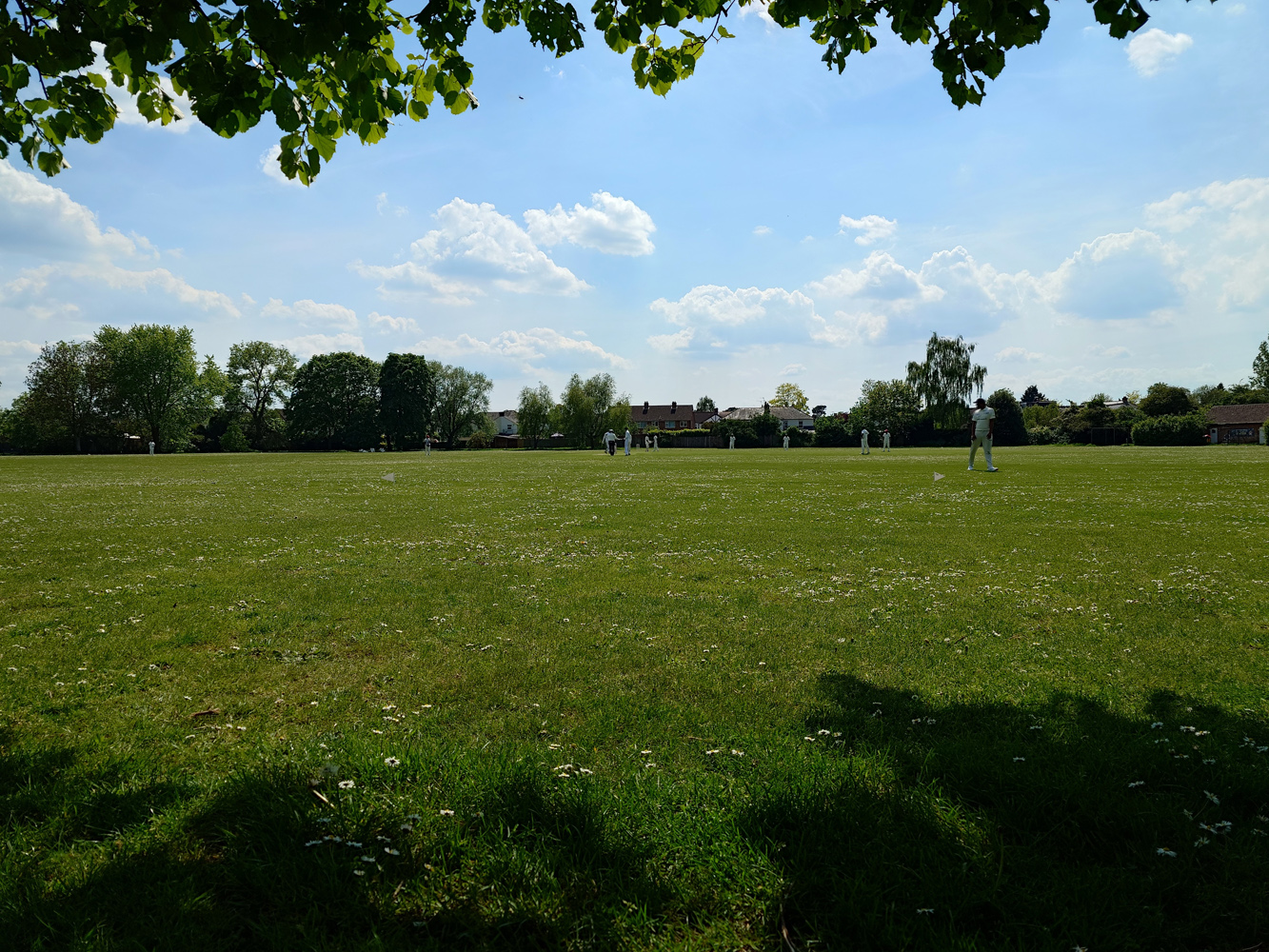
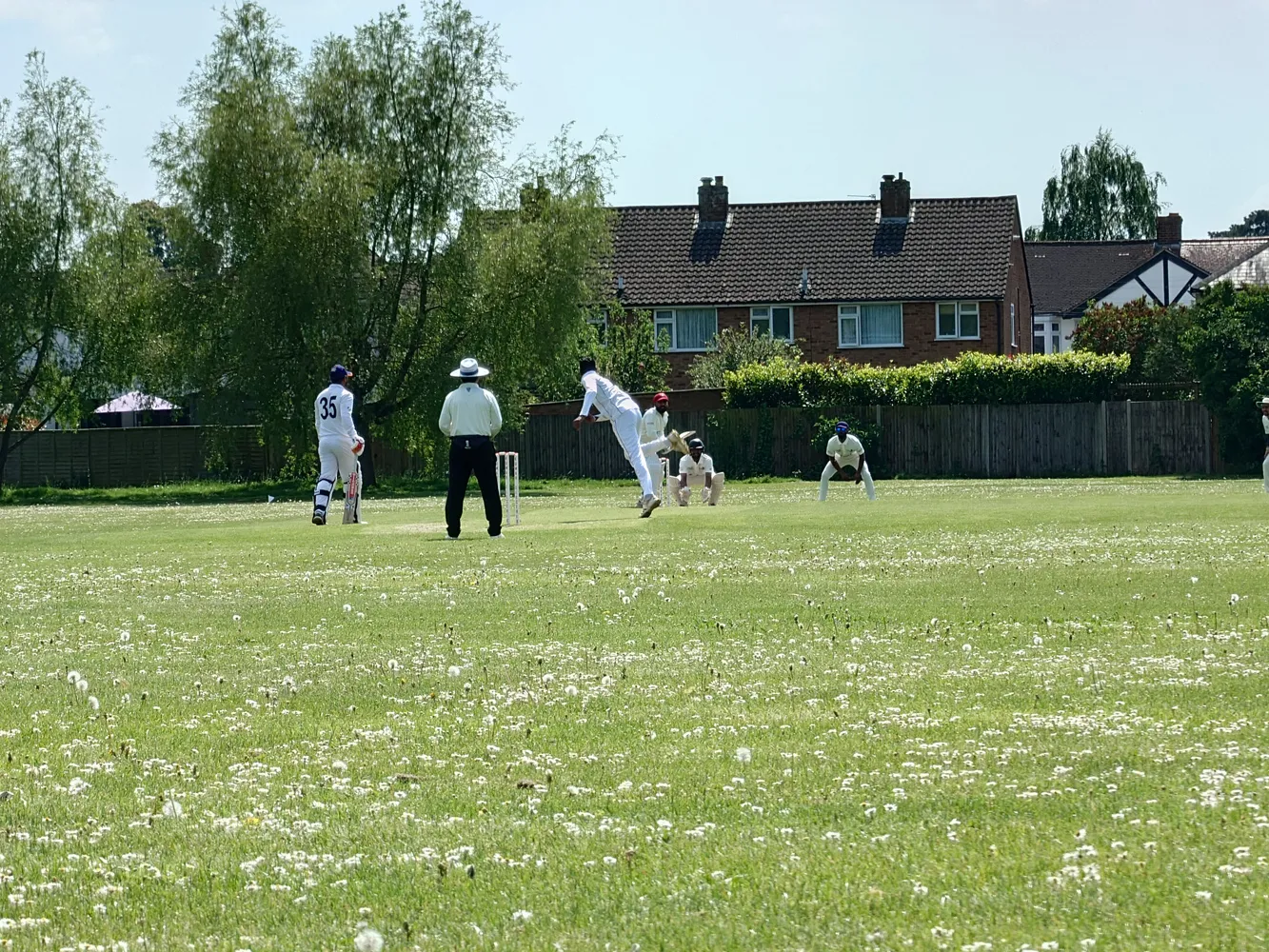


Sony’s automatic night mode returns, and is just as conservative as it was last year. That’s great, as it lets the main sensor take darker, more lifelike images when there’s still a decent amount of light available. There’s great consistency across all three lenses, though it’s the lead snapper that does the best job with noise and detail.


Having no Pro Video mode at launch is a huge disappointment. Previous Xperia 1s were fantastic content creation tools, with full manual shooting modes. Sony plans to add this in later down the line, but to not have it ready at launch feels like an own goal as far as fans wanting to upgrade are concerned.
Software experience: hip to be square
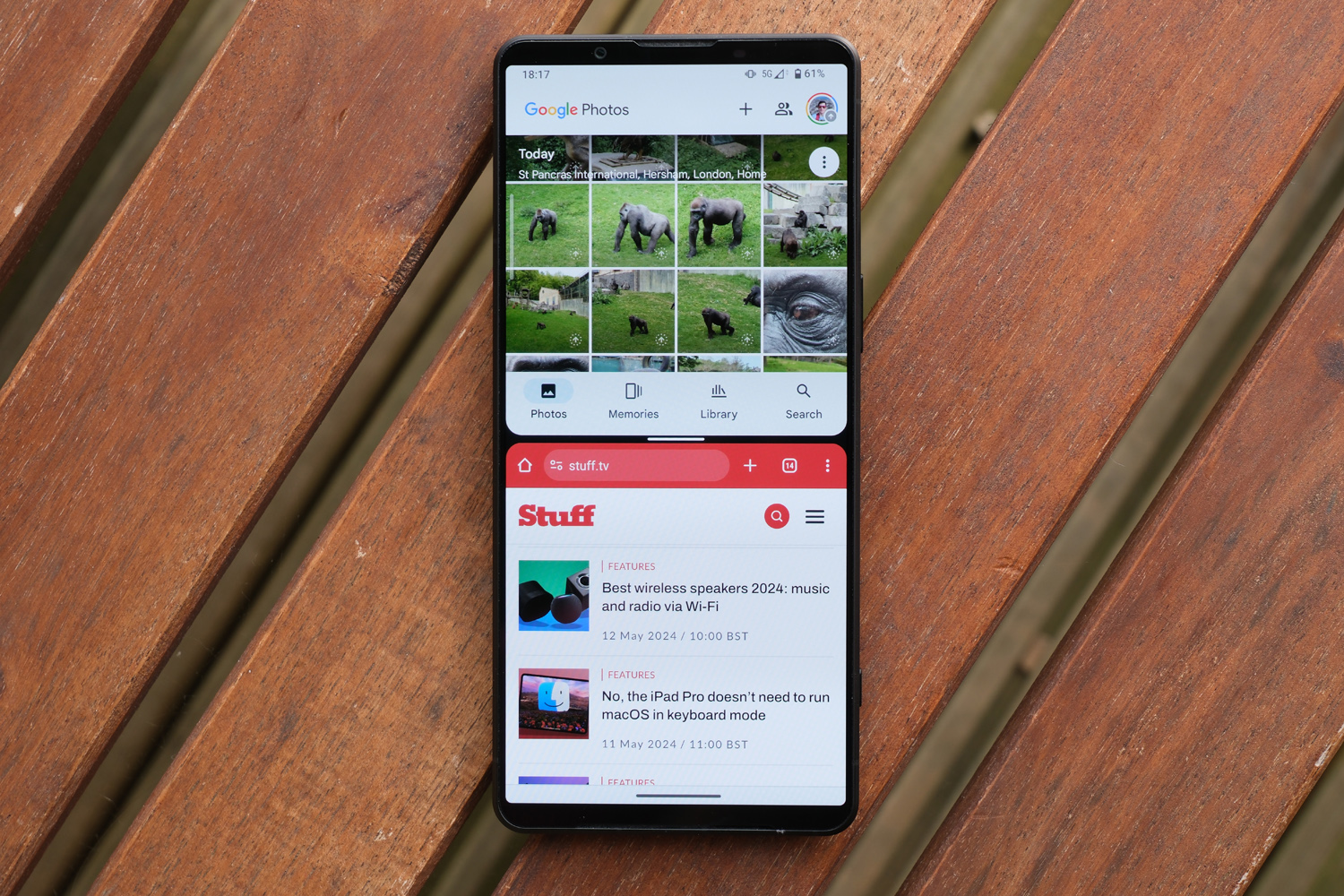
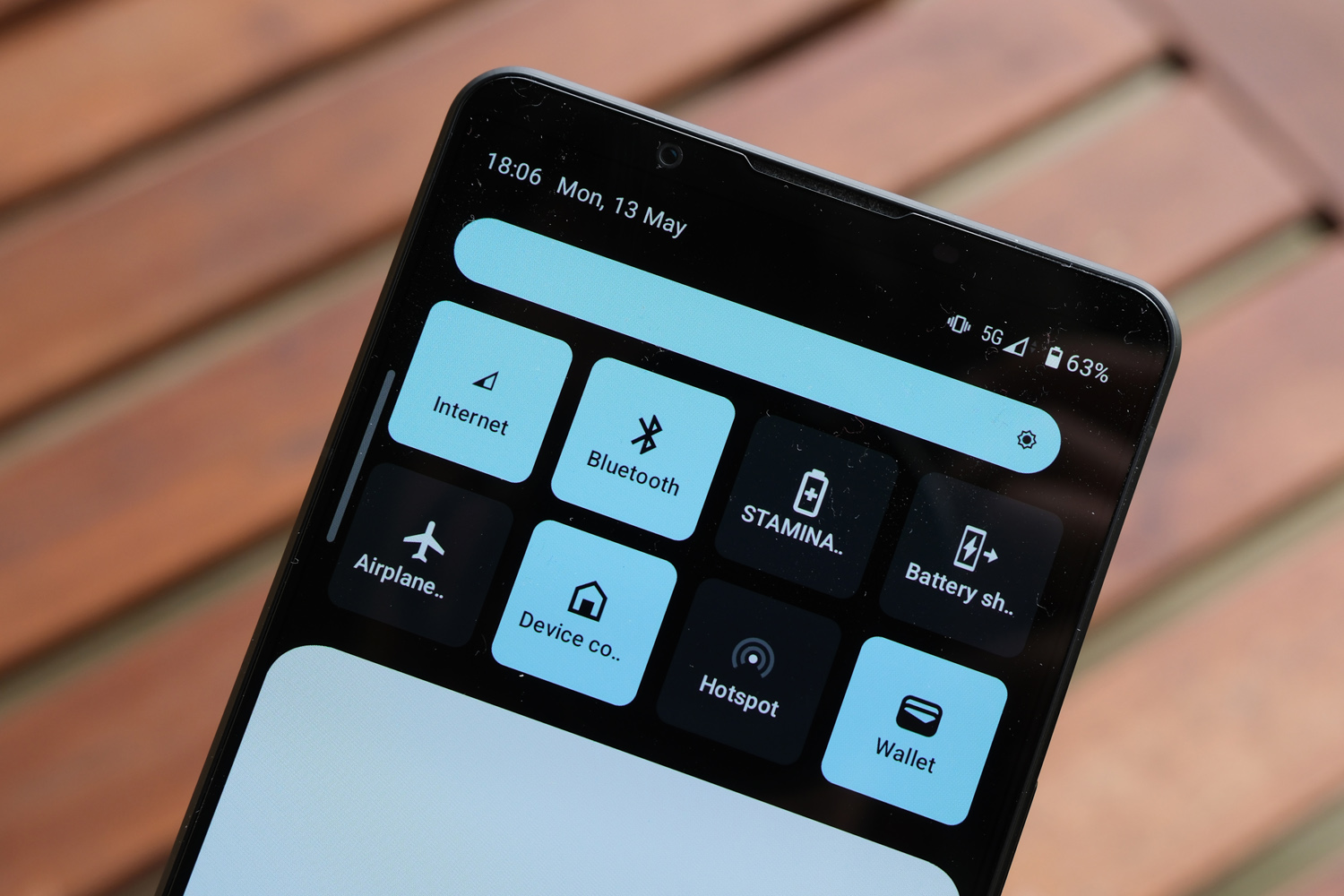
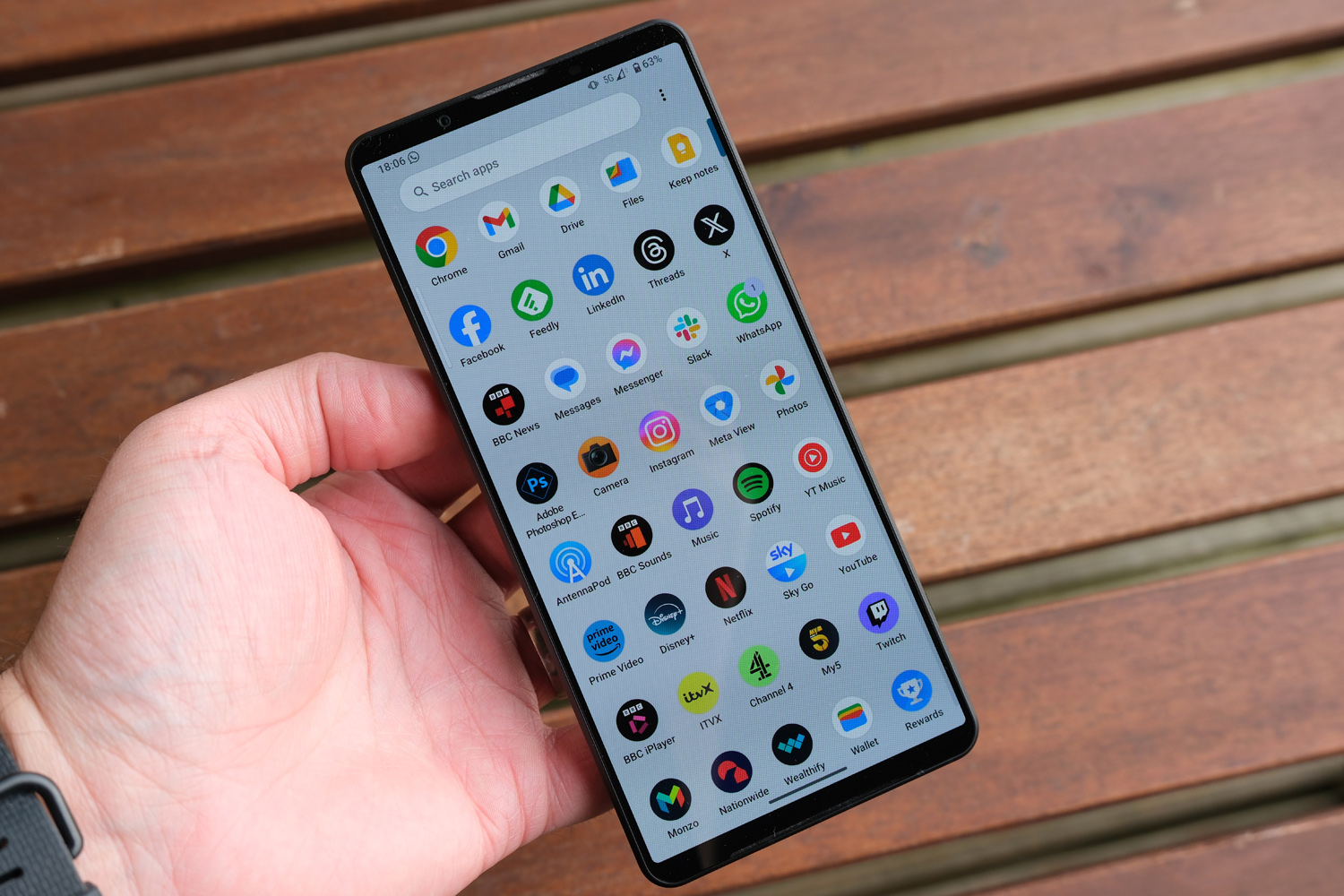
Sony’s stripped-back take on Android has always been a breeze to navigate, with just a few mild tweaks and extra customisation options. That’s still true here. The pop-out dashboard returns for easy split-screen multitasking, letting you create app pairs and change quick settings without stretching up to the top of the screen.
The Quick Settings menu itself has seen the biggest visual shake-up, swapping round pill-shaped buttons for shorter square ones. That means more can fit onscreen at once, putting eight shortcuts a single swipe away from the homescreen.
Sony has a handful of own-brand apps, both new and returning, that are mainly aimed at creators. Everything else has been left up to Google’s defaults. Video Creator, Music Pro and External Monitor will only prove useful to creators, and the Headphones app is useless if you don’t own a pair of Sony’s (admittedly excellent) wireless earbuds or over-ear cans. At least they can mostly be uninstalled if you don’t want ’em.
It all sits on Android 14, with Sony promising three Android generations and four years of security updates. That’s a decent showing, if a long way behind the likes of Samsung and Google; if you want to keep your handset for five years or more, a Pixel or Galaxy remain better investments.
One thing you won’t find here? Any whizz-bang AI additions. Some will see that as a breath of fresh air; others will feel like Sony has missed a trick compared to the Pixel 8 Pro and Samsung Galaxy S24 series.
Performance & battery life: snap to it
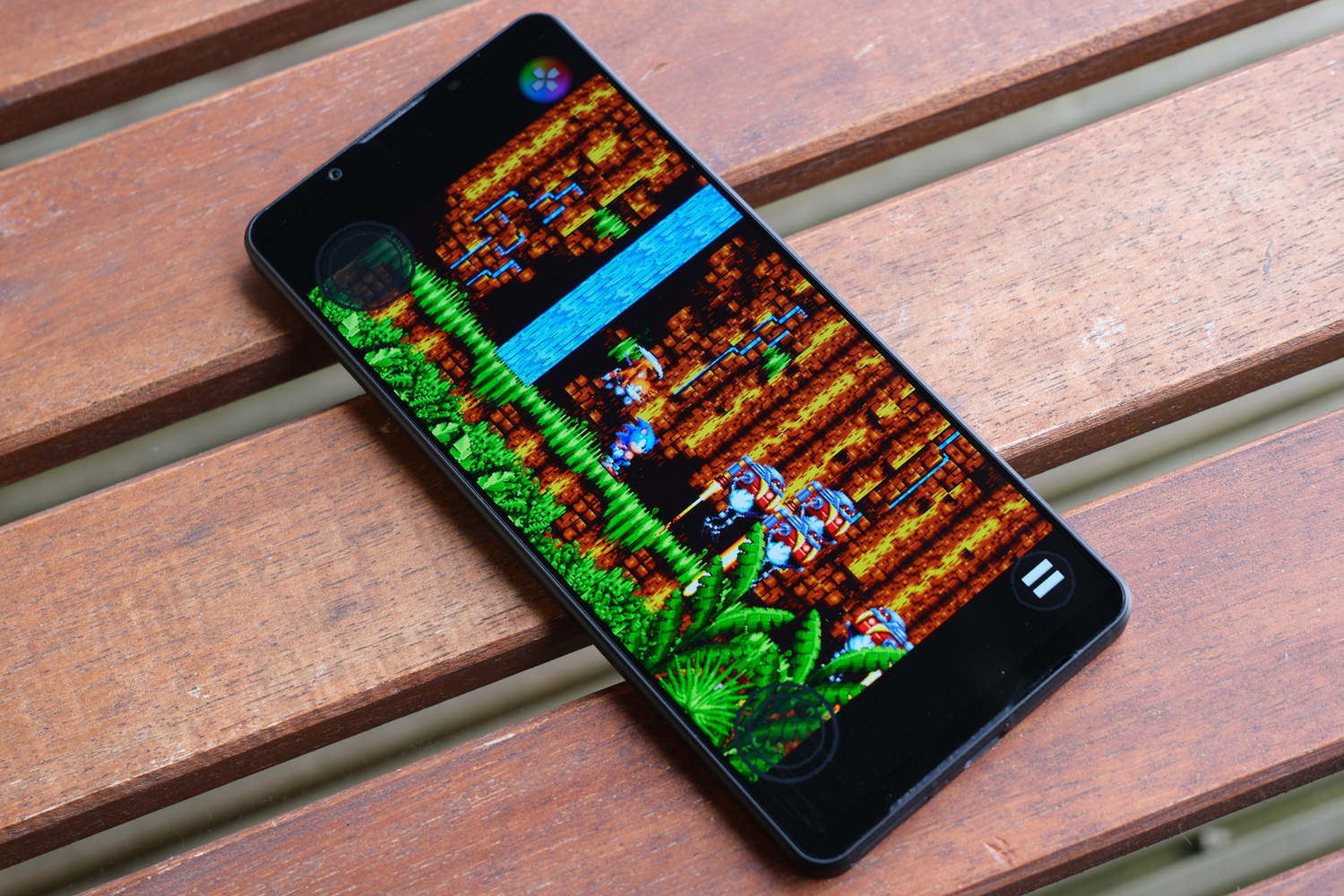
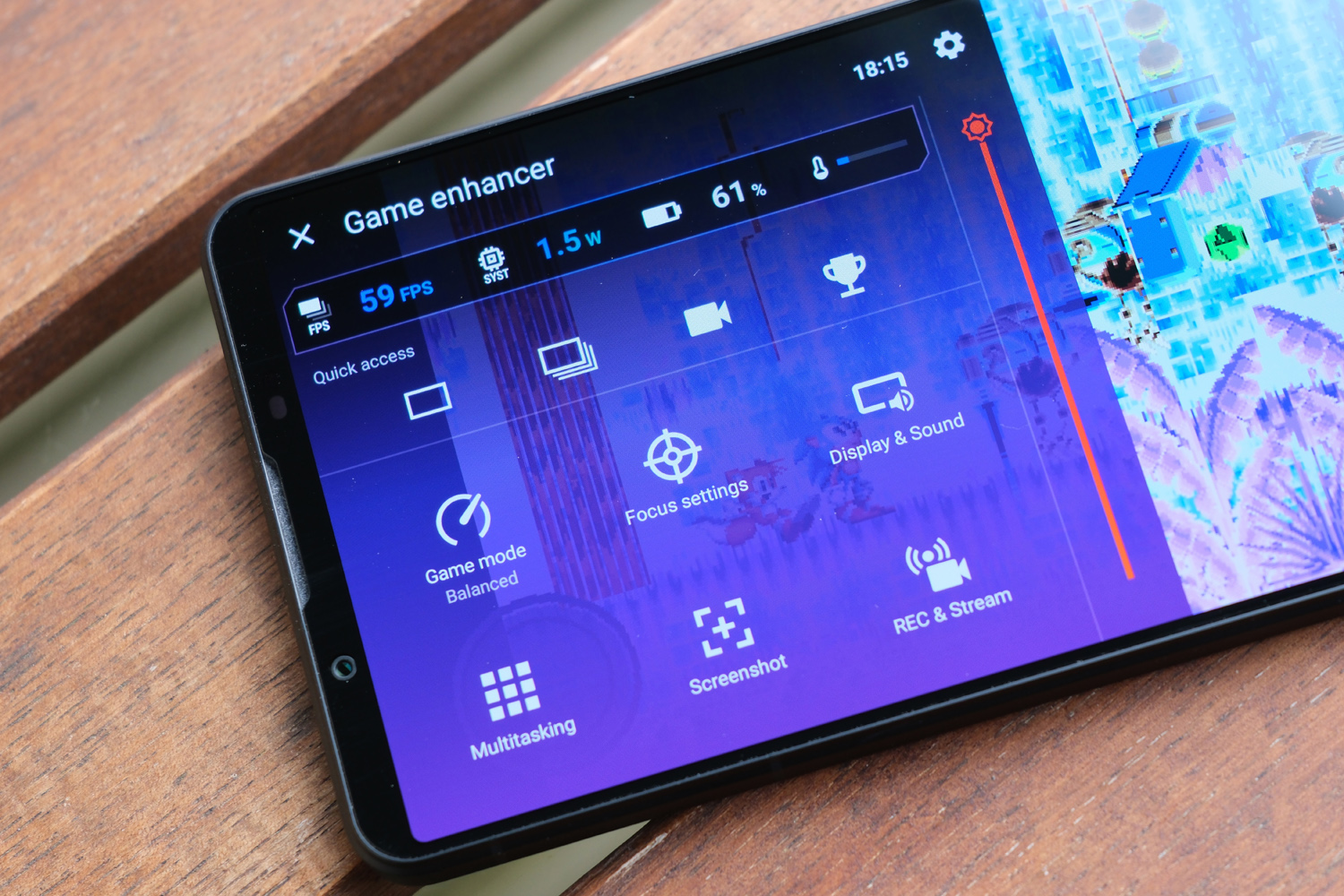
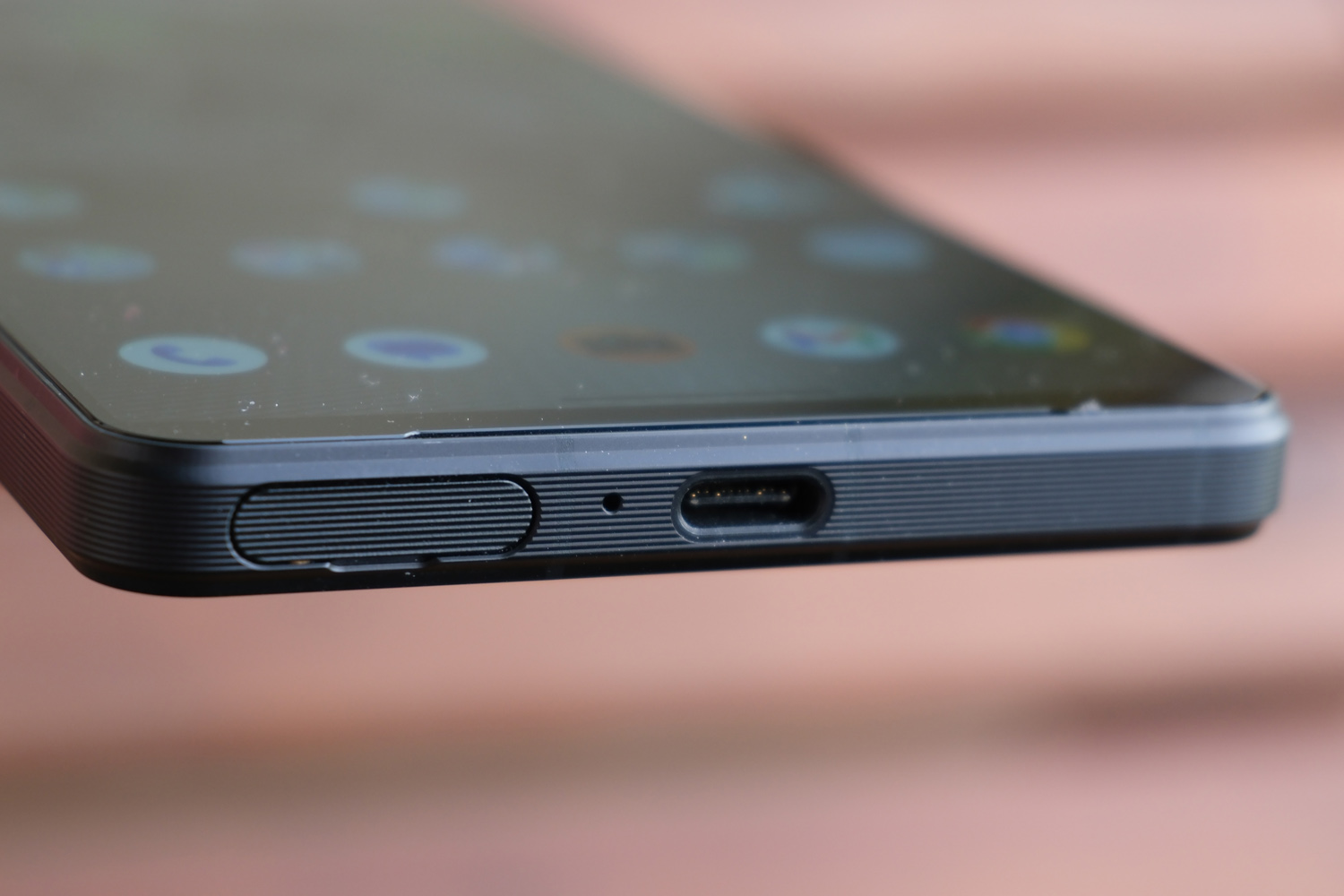
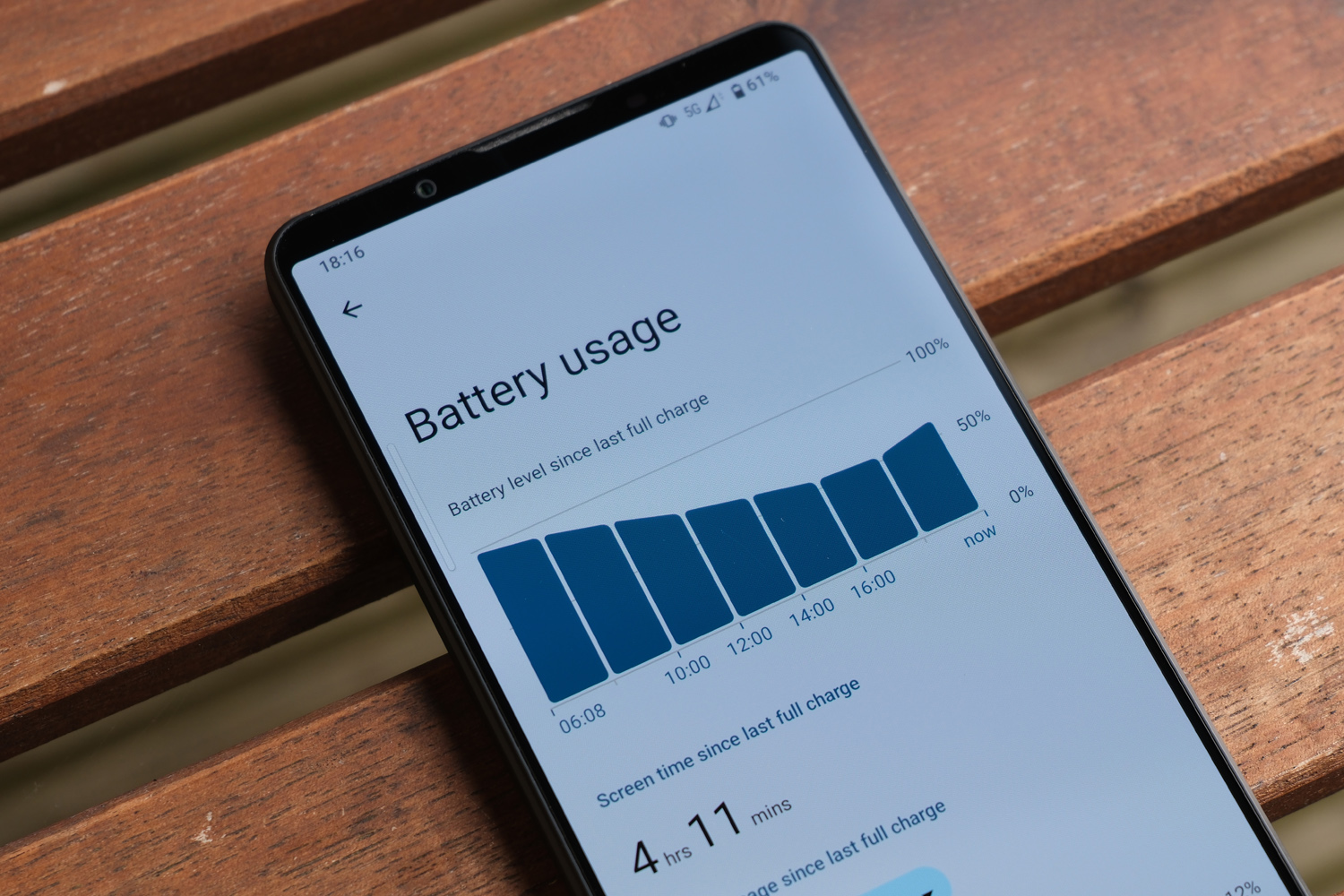
Sony largely addressed its historic heat issues with last year’s Xperia 1 V; the VI truly banishes them with a vapor chamber cooling system that made sure the Snapdragon 8 Gen 3 delivered a flawless performance in daily use. I also imagine it’s easier to dissipate heat in a phone that no longer has super-skinny dimensions, particularly when the chipset is also more efficient.
Either way, 2196 and 6653 in the Geekbench 6 single- and dual-core benchmarks puts it up there with 2024’s other hero handsets. I could run two apps in split-screen with no slowdown or sluggishness, and Android in general felt super-smooth. 12GB of RAM is quickly becoming the flagship standard, but here it kept plenty of apps in memory without needing to reload.
Better yet, it managed half an hour of 4K video recording without throwing any sort of temperature warning, and could handle extensive gaming sessions without seeing frame rates tumble. Even demanding titles such as Call of Duty Warzone Mobile default to high settings and comfortably manage 60fps during hectic moments.
Sony continues to stick with what it knows on the battery front, meaning a 5000mAh cell that can refuel at 30W via USB-C or 15W on a Qi wireless charging pad. A Galaxy S24 Ultra is faster, but both fall a long way short of what Chinese rivals such as the OnePlus 12 and Oppo Find X7 Ultra can manage. A 50% top-up takes about half an hour; a full charge needs an hour and a half. Assuming you have a 30W power brick lying around, of course – you don’t get one in the box.
It’s not like I spent a lot of time tethered to mains power, though. Sony reckons the Xperia 1 VI can manage a whopping 36 hours of local video playback; I didn’t see longevity on quite that scale, but two days of use if you’re sensible isn’t out of the question. I spend a bit too much time gaming, taking photos and streaming videos to manage that, but could usually get through an entire day and night before needing to plug in.
Sony Xperia 1 VI verdict

Instead of stubbornly doing its own thing like past efforts, the Xperia 1 VI feels like a more conformist take on the Sony flagship formula. The screen aspect ratio, resolution and refresh rate are more in keeping with the rest of the phone world, as does the more hands-off photo processing. There aren’t multiple manual camera apps to overwhelm less experienced snappers, either. I still think there are better choices for point-and-shoot photographers, but there’s much less in it than previous generations.
It still looks the part, has all the fan-favourite features, and delivers excellent battery life. Performance is easily on par with high-priced rivals, and those stereo speakers are a treat for the ears. The combo makes this my new favourite phone for gaming, too; shove it into a Backbone controller and little else can match it.
Rivals do promise longer-term software support, and the £1299 price means brand-agnostic shoppers may not be entirely swayed when a Galaxy S24 Ultra costs less, but Sony fans should absolutely consider upgrading from their older Xperia 1s. Unless they make regular use of the Pro Video app, that is – in which case maybe wait for the updated app to be released later in the year.
Stuff Says…
Another ‘best of Sony’ phone that benefits from going slightly more mainstream in a few key areas. A fantastic flagship that majors on battery life and entertainment.
Pros
New screen better competes with rivals
Strong performance and epic battery life
Cons
No pro video mode at launch
Rivals still better for point-and-shoot photography – but only just
Longer software support would be nice at this price
Sony Xperia 1 VI technical specifications
| Screen | 2340×1080 OLED w/ 120Hz, 19.5:9 aspect ratio |
| CPU | Qualcomm Snapdragon 8 Gen 3 |
| Memory | 12GB RAM |
| Cameras | 48MP + 12MP + 12MP rear 12MP front |
| Storage | 256GB/512GB |
| Operating system | Android 14 |
| Battery | 5000mAh |
| Dimensions | 162x74x8.2mm, 192g |

